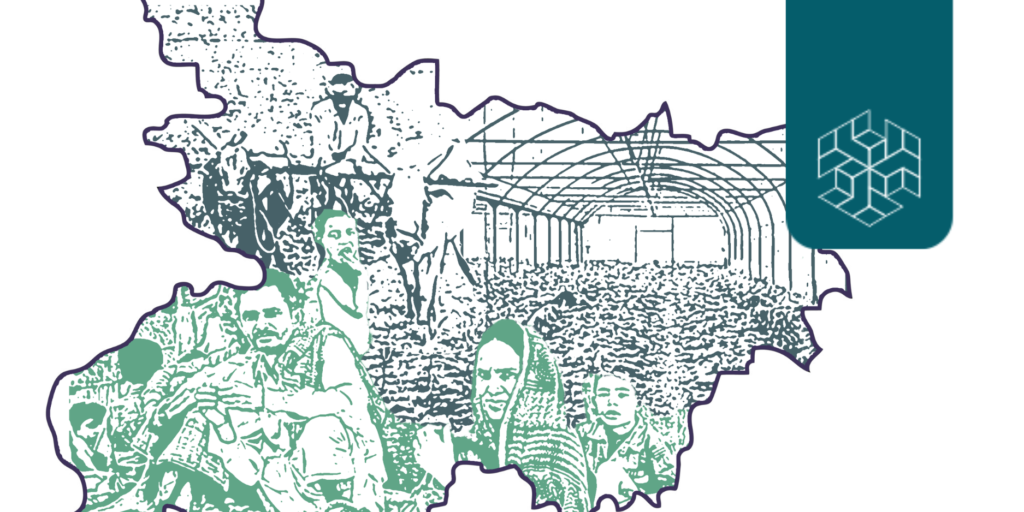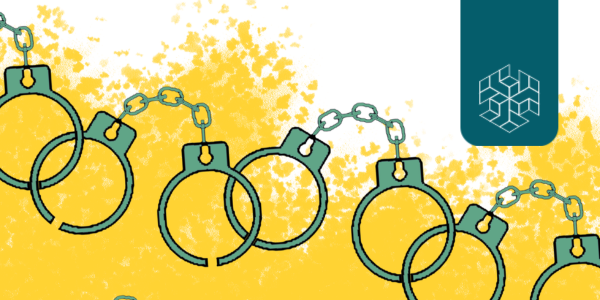Authored by: Somiha Chatterjee
Edited by: Kavita Majumdar, Riya Singh Rathore and Priyamvada Chaudhary
ABSTRACT
Climate change is a threat to all livelihoods. However, people engaged in agriculture, particularly women, are disproportionately burdened by the vagaries of climate. As a consequence, existing gender inequalities in agriculture are likely to widen. This paper examines gender issues in Indian agriculture with respect to climate change and identifies gaps in integrating gender into India’s climate change and agriculture policies. It also examines the National Mission for Sustainable Agriculture (NMSA) under the National Action Plan for Climate Change (NAPCC) and the State Action Plans for Climate Change (SAPCC) of Odisha, Kerala, and Gujarat to gauge the level of gender mainstreaming in these state policies.
INTRODUCTION: CLIMATE CHANGE, AGRICULTURE AND WOMEN
In 2020, India ranked 112 out of 153 countries in the World Economic Forum’s Global Gender Gap Index. It also has one of the lowest economic participation levels and opportunities for women, ranking 149 out of 153 countries (World Economic Forum 2020). Such gender inequalities coupled with social norms, stigma, limited mobility, low literacy rate, lack of financial resources, restricted rights, and a muted voice in shaping decisions make women highly vulnerable to climate change, which is likely to magnify existing patterns of gender disadvantage (UNDP 2007).
Evidence shows that women in agriculture tend to opt for food crops as opposed to men, who mostly opt for cash crops (UNDAW & UNESCO 2010). Due to climate change, by 2050, South Asia’s rice production is anticipated to drop by 14%, wheat production by 49%, and maize production by 9% (Asian Development Bank 2013: 10). While the impact of climate change will vary across countries in this region, sharp price increases are inevitable for these major food crops. Because of the increased proportion of women among small-scale food crop producers along with their low bargaining power (ibid), the subsequent impact of a spike in prices will severely affect women.
Additionally, women are primarily responsible for collecting water to satisfy household and irrigation needs. Climate change has resulted in extended dry periods, resulting in women having to cover longer distances with added stress to collect water. This hinders their capacity to invest time in activities that can generate income. Given that the dry season is a critical time for farming, using water for irrigation is prioritised over household needs, indicating the limited influence women have in decision making. The existing economic constraints and social influences render women disproportionately vulnerable to disasters and the negative impact of climate change (GoK and CCIP 2018: 24). In fact, women experience the effects of climate change more sensitively than men. A study conducted by the International Food Policy Research Institute (IFPRI) in 2015 found that women were more likely to notice impacts of climate change than men on reduced water availability (18% vs 9%), agricultural productivity (87% vs 72%), and livestock problems (17% vs 8%) (P. Kristjanson et al. 2015: 1).



